Born in Montreal in 1913 to parents who had recently immigrated from Russia, he grew up in Los Angeles, where his father worked as a junk man before hanging himself when Guston was ten—a tragedy that would effect his future development and reoccurring depression. Basically self-taught as an artist, he met Jackson Pollock in high school and had a circle of other artists around him when he painted Mother and Child, a De Chirico-inspired interpretation of a classic Madonna and child picture, which he masterfully created when he was just seventeen. Quickly adapting an assortment of painting styles, which ranged from surrealism and social realism to the Old Master viewpoints of Piero della Francesca, Rubens, and Titian, Guston was a rising star even before he moved to New York—at Pollock’s urging—in 1936.
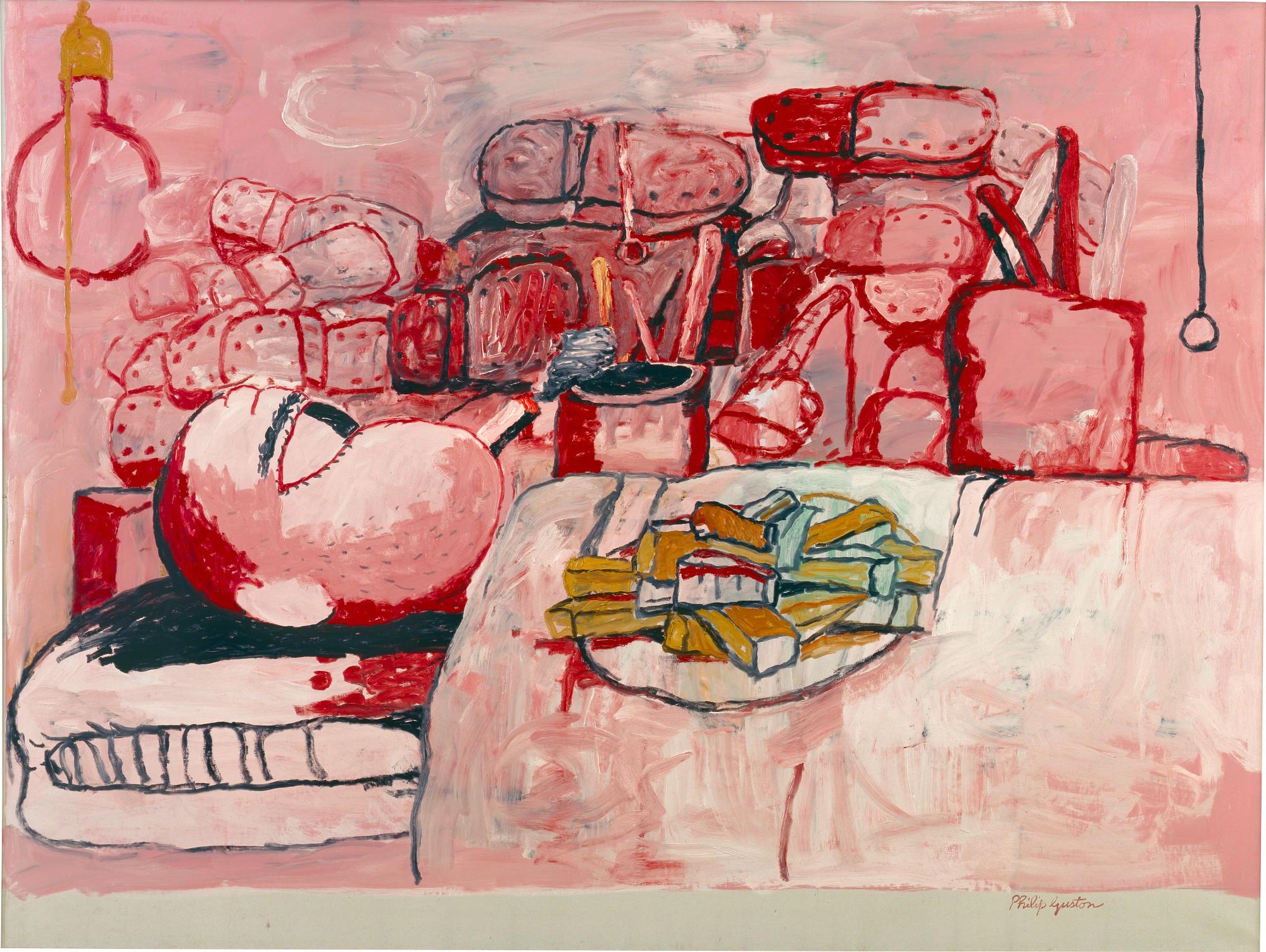
Philip Guston, Painting, Smoking, Eating, 1973. Oil on canvas. 77 1/2 × 103 1/2 in. Stedelijk Museum, Amsterdam.
Although he made his name in the 1950s and ‘60s as an Abstract Expressionist, Philip Guston is now best remembered for the dark humor conveyed in the cartoon-like figurative paintings and drawings that he prolifically produced during the last twelve years of his life, which ended in 1980. He is now the subject of a traveling retrospective, Philip Guston Now, which was scheduled to open at the National Gallery of Art in Washington, DC on June 7 but has been postponed. The exhibition is accompanied by a beautifully illustrated catalogue with essays by the show's co-curators and reflections on his influential work by such contemporary artists as Trenton Doyle Hancock, William Kentridge, and Amy Sillman. Guston created work in a variety of styles and from psychological points of view that continue to impact an evolving art world today.
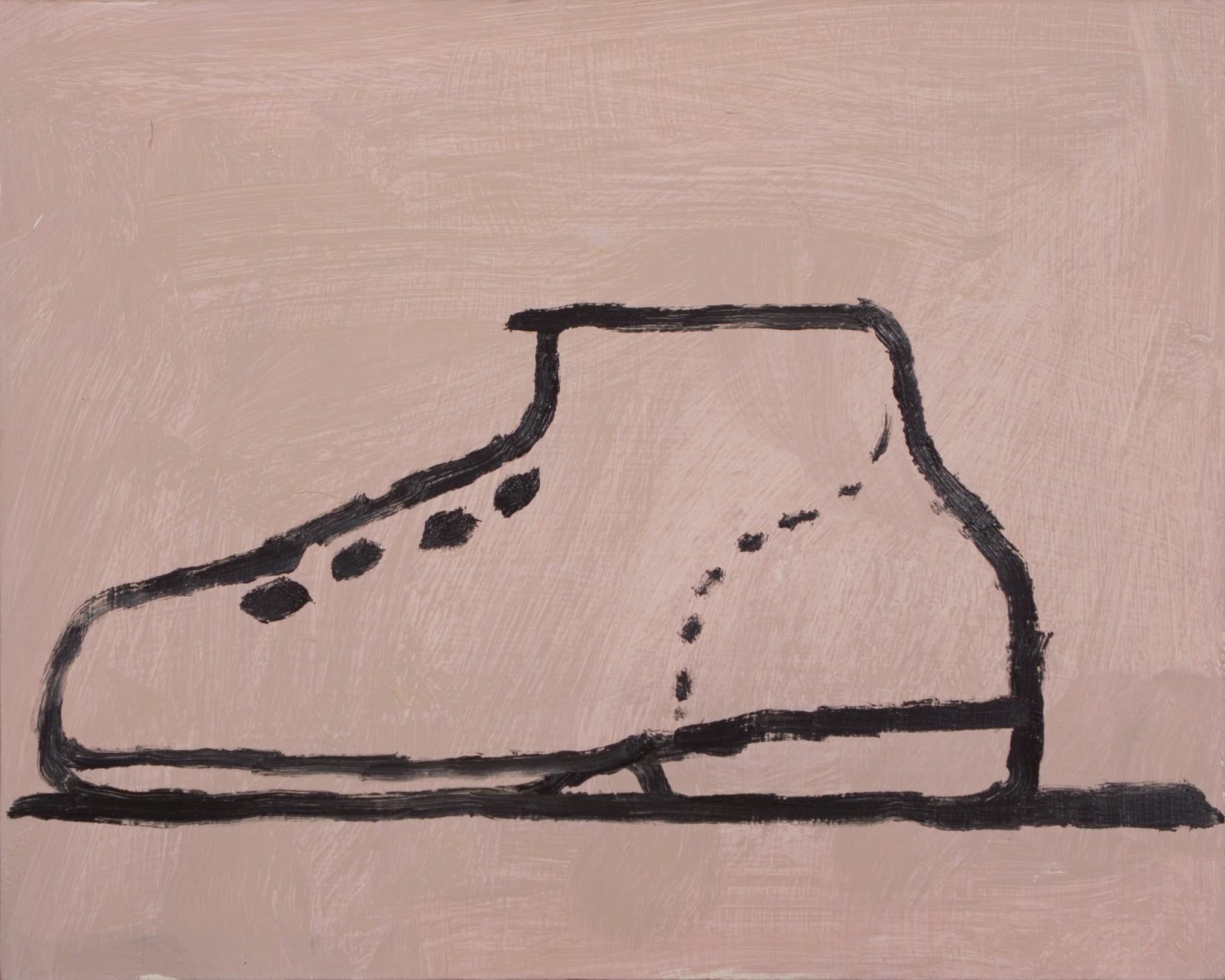
Philip Guston, Untitled (Shoe), 1968-1973. Oil on panel. 9 3/4 × 12 in. Philip Guston Estate.
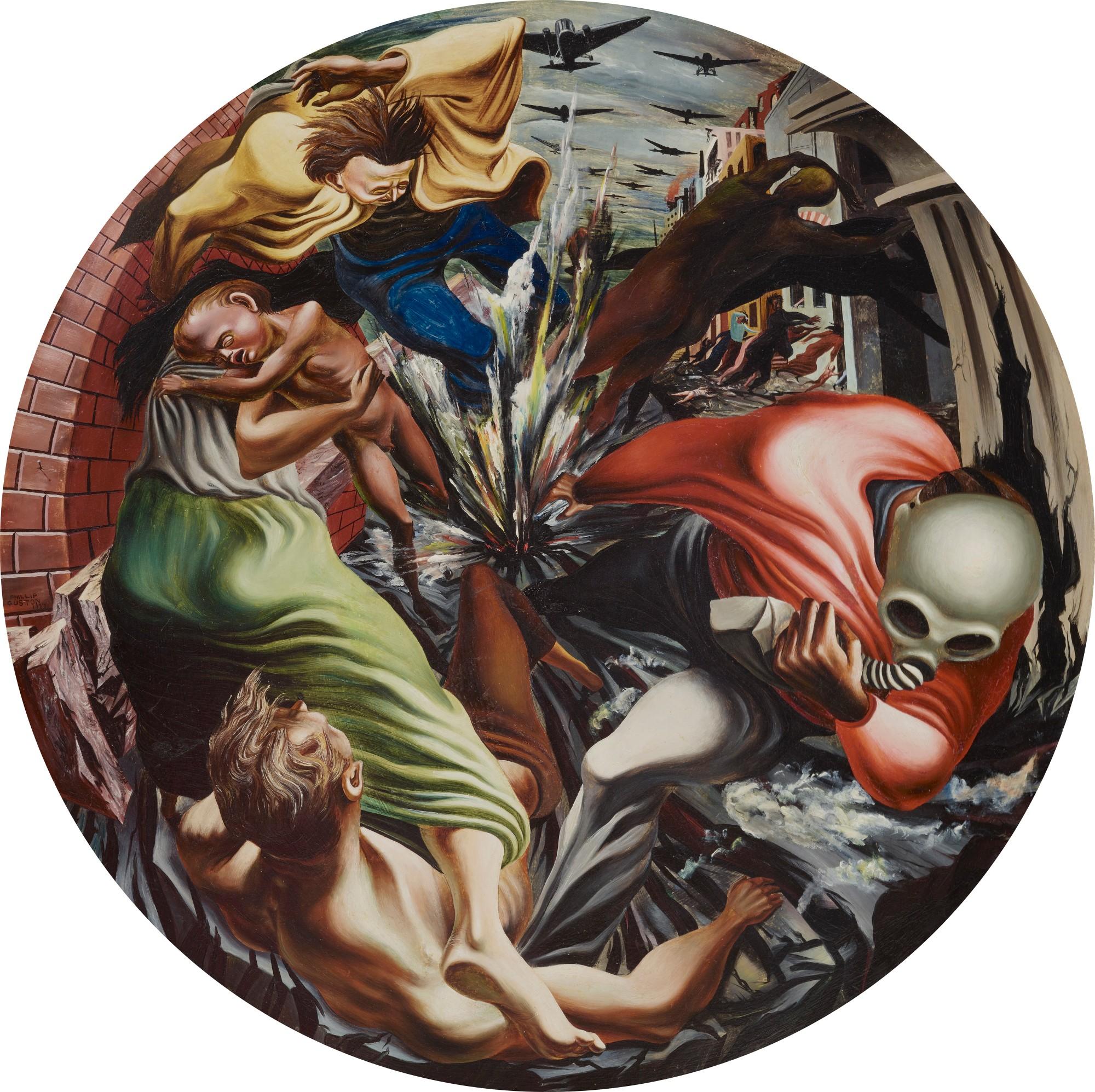
Philip Guston, Bombardment, 1937. Oil on panel. Diameter: 42 in. Philadelphia Museum of Art.
Besides Mother and Child, the National Gallery exhibition and book features many of his early masterworks, including Female Nude at Easel and Nude Philosopher in Space-Time (both 1935), which portray grey-toned standing figures in surreal, dreamlike settings, and Bombardment (1937), a circular canvas that recreates the horrors of the Spanish Civil War from the all-encompassing perspective of a fish-eye lens.
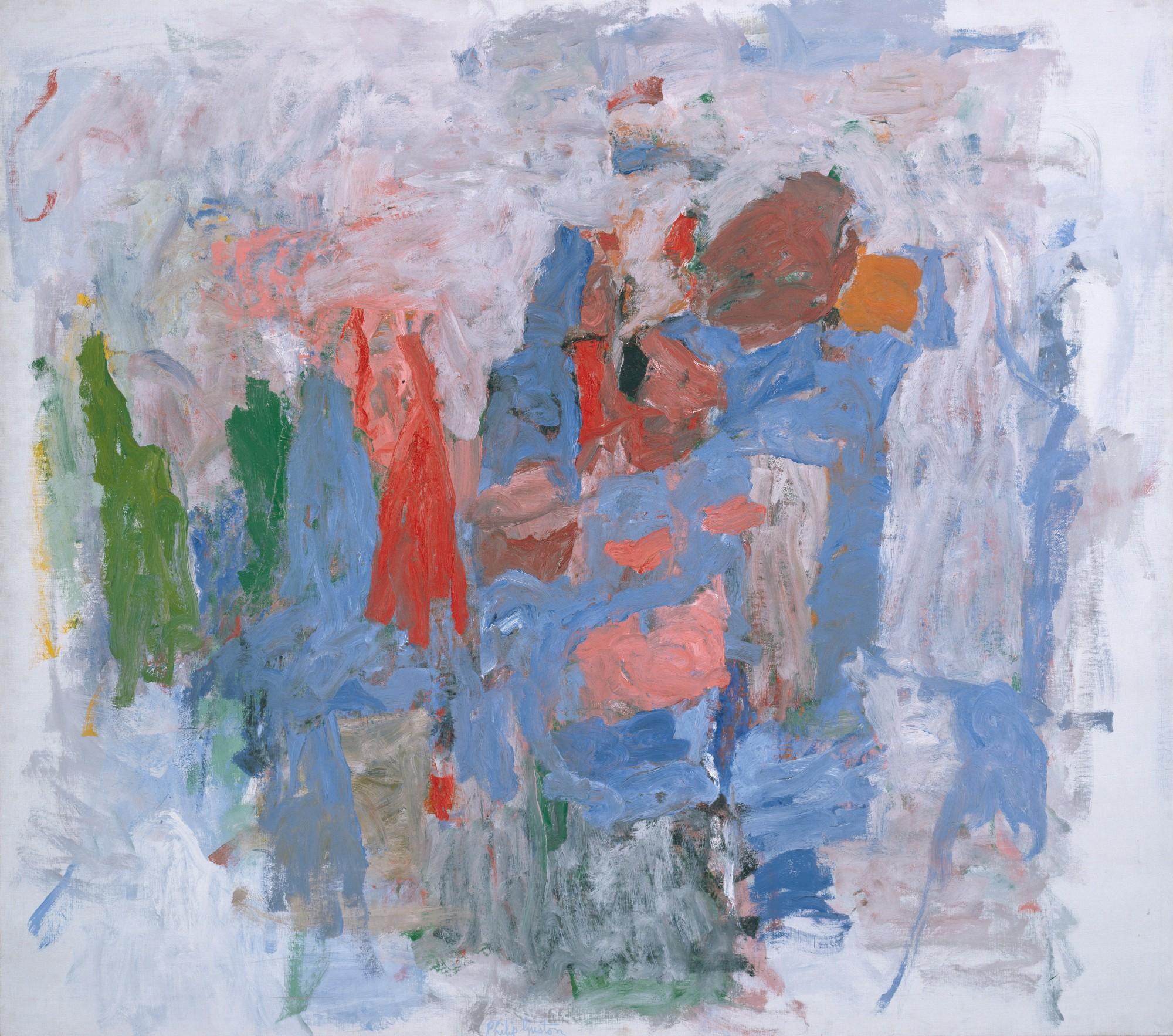
Philip Guston, Passage, 1957-1958 Oil on canvas. 65 × 74 1/4 in. The Museum of Fine Arts, Houston. Bequest of Caroline Wiess Law, 2004.20
After winning the coveted Rome Prize from the American Academy in 1948 and spending a year working and viewing art in Italy, he returned to a New York art scene that was becoming infatuated with Abstract Expressionism, and decided to join the club. “I wanted to come to canvas and see what would happen if I just put on paint,” he later told poet Bill Berkson in a 1964 interview. While the show’s Red Painting (1950) may have been his initial venture into pure abstraction, it was his canvas White Painting I (1951) that established the lyrical approach and atmospheric brushwork that would become his signature style for the next decade. Most of the artist’s Ab Ex works are now in the permanent collections of major museums, including the MFA Houston’s rhythmic painting Passage (1957-58), which abstractly captures the movement of people in the street through multiple, muted brushstrokes.

Philip Guston, Blackboard, 1969. Oil on canvas. 79 1/2 × 112 in. Private Collection.
At the beginning of the sixties, figuration started to seep back into his abstractions more prevalently with his depictions of cups, bottles, and heads and became even more evident in his use of such revealing titles as Painter, Cup, Smoker, and Head. With his life spinning out of control from drinking and infidelity and his career on the brink of floundering, Guston retreated to Woodstock, where he and his wife had kept a home since 1940. Painting in isolation, he discovered a whole new way to express his inner self on canvas—creating a series of small paintings of such cartoon-inspired figures and objects as shoes, books, light bulbs, buildings, cars, and—most significantly—Klansmen’s hoods. “American Abstract art is a lie, a sham, a cover up for a poverty of spirit. A mask to mask the fear of revealing oneself,” he’s quoted as saying, at the start of this psychological journey, in his daughter Musa’s 1991 memoir of her father and his work.
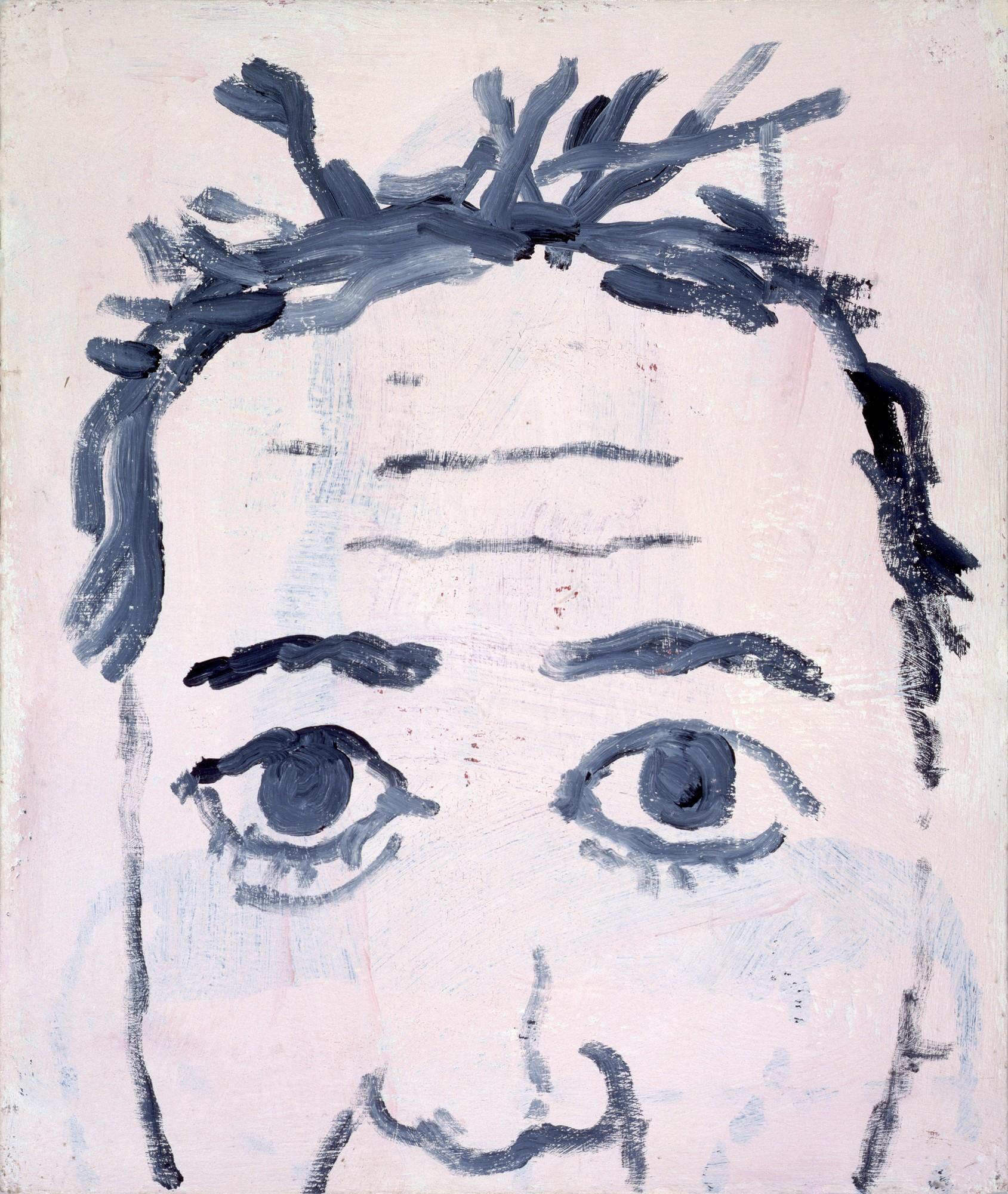
Philip Guston, Untitled, 1968. Acrylic on panel. 19 1/2 × 16 1/2 in. Private Collection.
Seminal paintings and drawings of his late period in the show include Untitled, a 1968 self-portrait of the artist staring out at the viewer as if to truly reveal his soul; The Studio, a 1969 painting of a hooded figure who’s smoking a cigarette while painting a self-portrait on an easel in the studio; Cellar, a 1970 canvas depicting old shoes, dismembered body parts, and other discarded objects of one’s past; Poor Richard, a 1971 series of satirical drawings of President Nixon, which have since been turned into a biting book; and Painting, Smoking, Eating, his 1973 masterpiece (the catalogue’s cover image) that captures the repetition of what his life had existentially become.



























